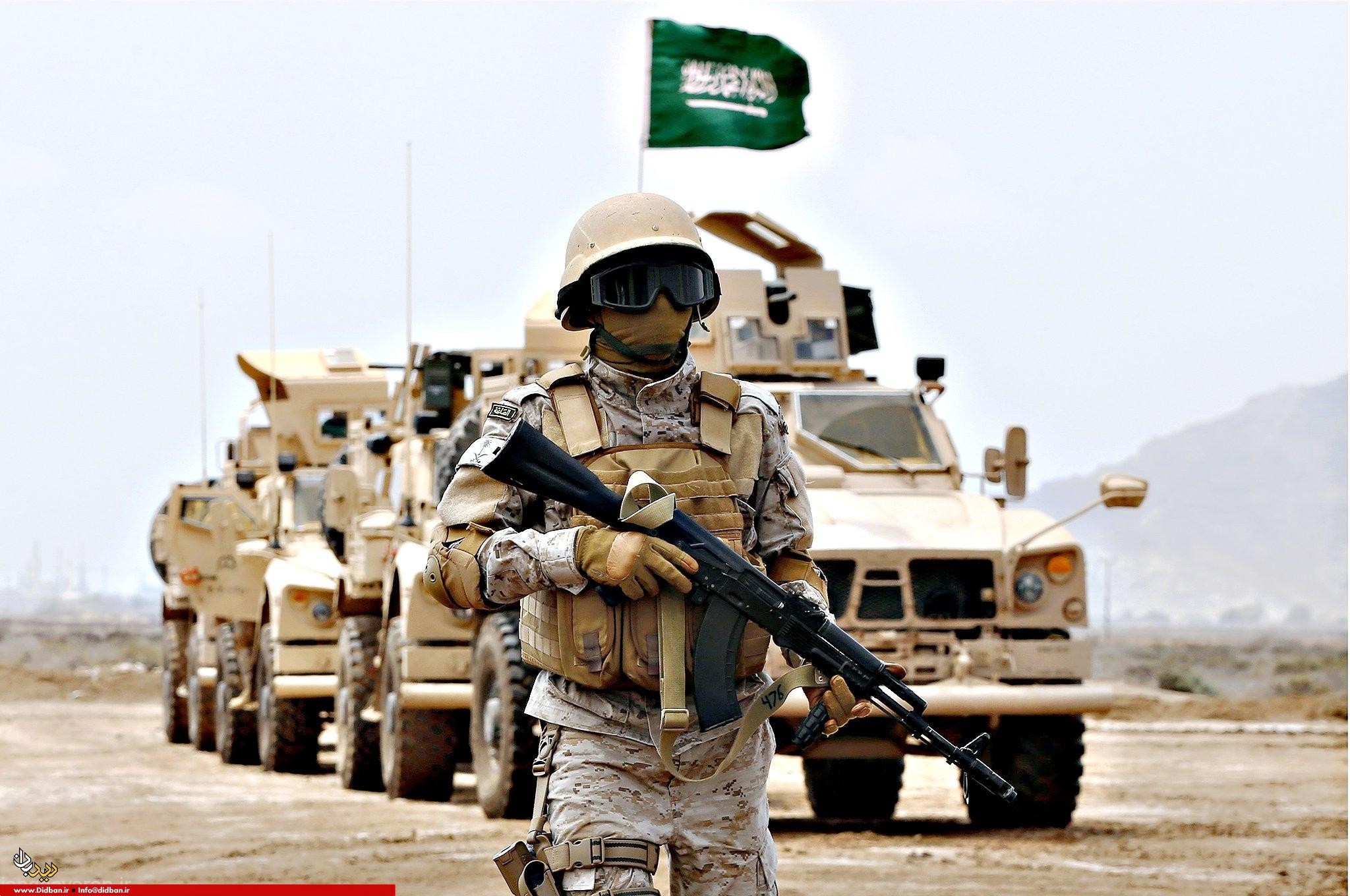
The Saud House regime occupies the third place in the world and the first among Arab countries in military spending, amid the utter failure of the Kingdom’s military capabilities that emerge in the failed war on Yemen.
The United States retained the top rank in military spending budgets in 2019, far ahead of the rest of the world, with its military budget for this year reaching $ 716 billion.
China ranked second on the level of military defense budgets this year, with a military budget of $ 224 billion, while the Kingdom ranked third with a budget of $ 70 billion.
Global military spending rose 2.6 percent year-on-year to $ 1.822 trillion in 2018, representing 2.1 percent of global GDP or $ 239 per person.
According to the Stockholm International Peace Research Institute (SIPRI), the United States, China, Saudi Arabia, India and France topped the world in military spending in 2018, about 60% of global military spending.
Total global military spending rose for the second consecutive year in 2018, the highest level since 1988.
Trading Economics estimates that the Saudi economy is worth $ 786 billion this year.
The Increased military spending is devouring the kingdom’s military budget amid the United Arab Emirates’ partial withdrawal from Yemen, growing attacks by the Houthis and military tension with Iran.
In a report on the kingdom’s economy, S&P Global forecasts that military spending on the Saudi budget will rise significantly this year compared to the official forecasts set by the Saudi government in the 2019 budget, which expires in December.
Saudi Arabia had expected the military budget to fall this year by 12% to SAR191bn, but these expectations may not seem realistic under the current pressures.
Analysts noted that the UAE’s withdrawal from Yemen and the cost of covering the US landing to protect the Kingdom as well as the repercussions of military tension with Iran and its repercussions on the increasing attacks of the Houthis on Saudi facilities will increase Saudi military spending this year.
This high rate is expected to put pressure on the Saudi government and force it to resort to borrowing more from abroad during the current year, as it will pressure to reduce domestic spending in the Kingdom and force the government to impose new taxes on citizens.
It is noteworthy that this high rate of military spending comes at a time when oil prices are significantly lower than the price set by Saudi to cover the budget spending of about $ 75 a barrel.
According to S&P Global figures, the kingdom needs an average oil price of around $ 85 a barrel this year to cover spending in this year’s budget of 1.106 trillion riyals (about $ 294.91 billion).
But the International Finance Institute in Washington believes that covering the kingdom’s budget needs a higher oil price, estimated at an average of $ 89.5 a barrel.
The price of Brent crude oil is around $ 64 a barrel. This means that the Kingdom’s budget deficit will rise considerably from Saudi official projections.